Scientists from Saudi Arabia will soon have the opportunity to carry out an experiment aboard China's Tiangong space station that is expected to help with the design and production of high-efficiency solar cells.
According to an agreement signed in March 2021 by the Saudi Space Commission and China Manned Space Agency, the Saudi experiment will focus on studying the effects of cosmic rays on the performance of high-efficiency solar cells.
Two institutions from Saudi Arabia, the National Center for Nanotechnology and Advanced Materials and King Abdulaziz City for Science and Technology, are involved in the project, which is among the first nine international science programs selected by the United Nations Office for Outer Space Affairs and China Manned Space Agency to be conducted on board the Tiangong station.
The experiment will aim to improve the efficiency of solar cells operating for long periods to provide a continuous energy supply to satellites and spacecraft, and will also help to reduce the costs of space missions, according to Saudi researchers.
As one of the largest space-based assets mankind has ever deployed in outer space, the Tiangong station currently consists of the Tianhe core module, the Wentian and Mengtian lab modules, the Shenzhou XV spacecraft and the Tianzhou 5 cargo ship.
This massive orbiting outpost has so far received four groups of Chinese astronauts. Currently aboard the station are the three crew members of the Shenzhou XV mission, who arrived on Nov 30 to take over from the Shenzhou XIV mission.
Tiangong, which has an overall weight of nearly 100 metric tons, is expected to operate in orbit for about 10 years as a space-based platform for science and technology. It will be open to foreign astronauts in the near future, according to Chinese space officials.
China and Saudi Arabia have been engaged in cooperation on space science and technology.
During China's ongoing Chang'e 4 mission, which continues to make the world's first on-site exploration of the far side of the moon, an optical imager developed by Saudi researchers had obtained many pictures of the moon. Moreover, two Saudi satellites have also been launched by China.













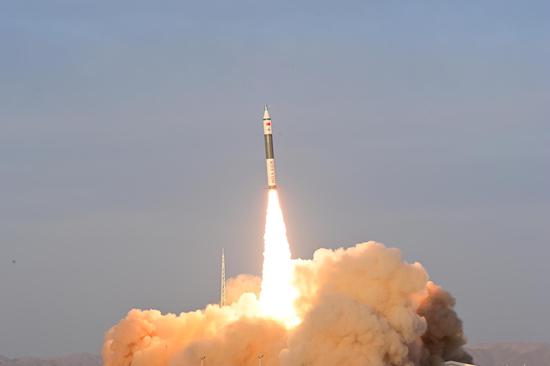
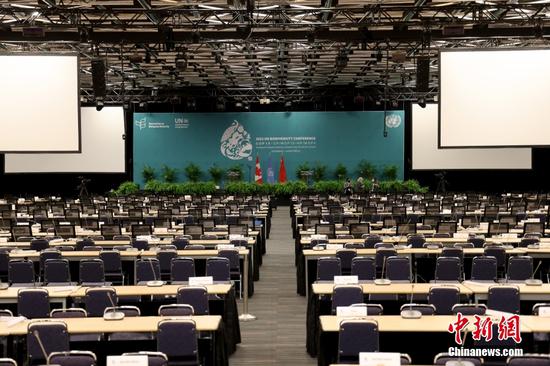






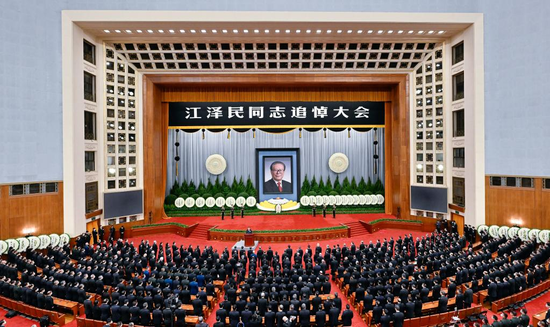


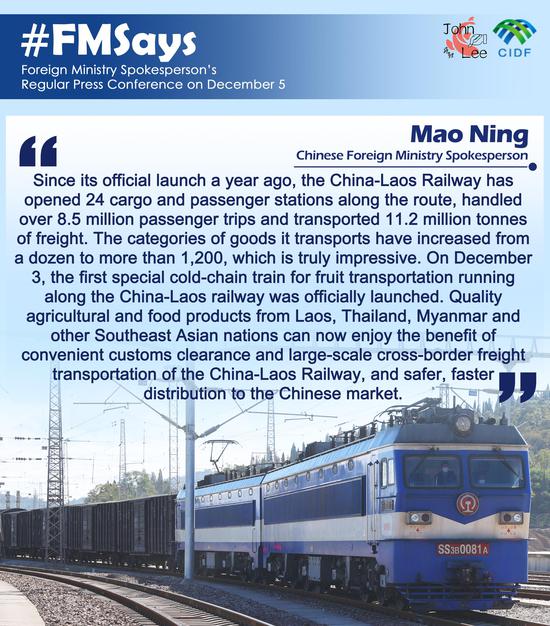





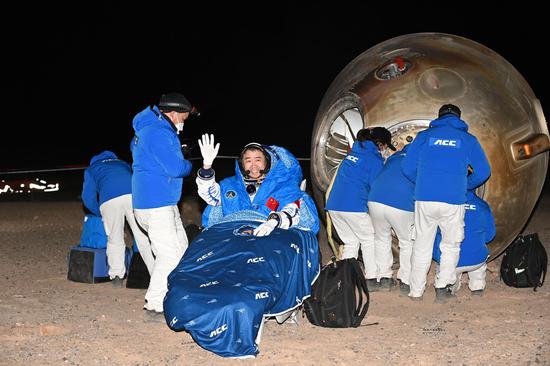


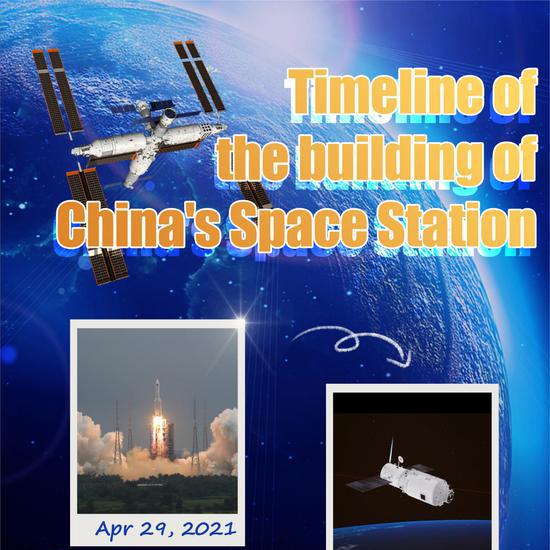

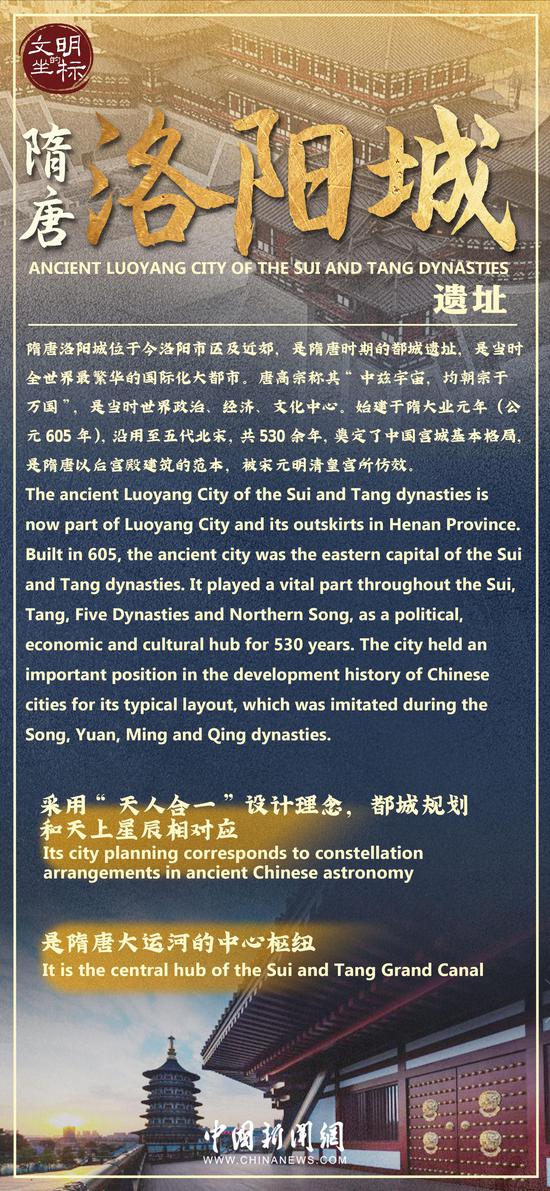
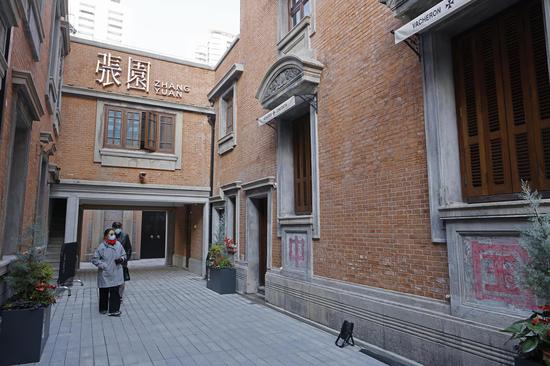


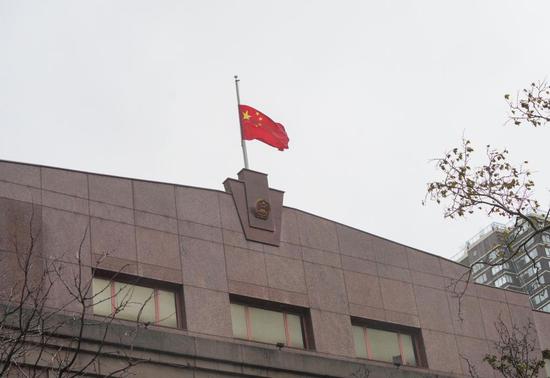
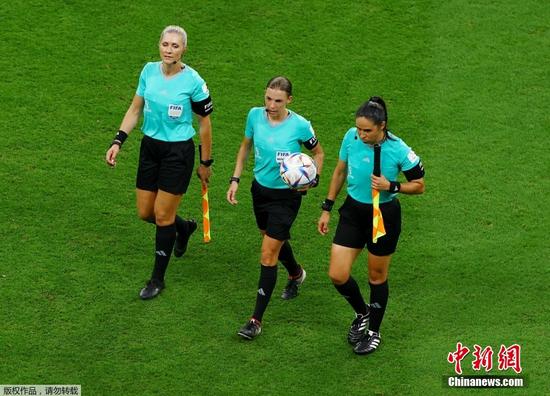

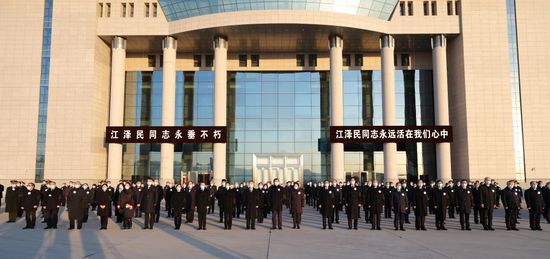

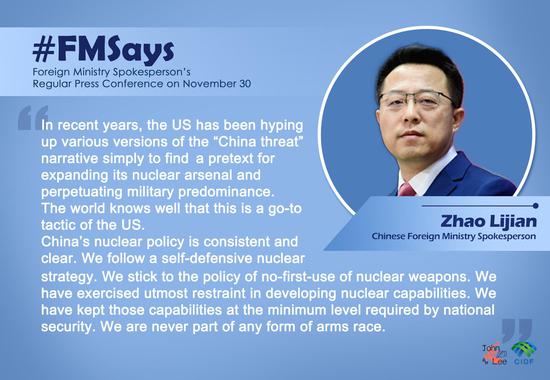





 京公网安备 11010202009201号
京公网安备 11010202009201号